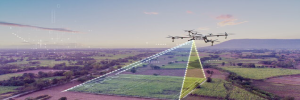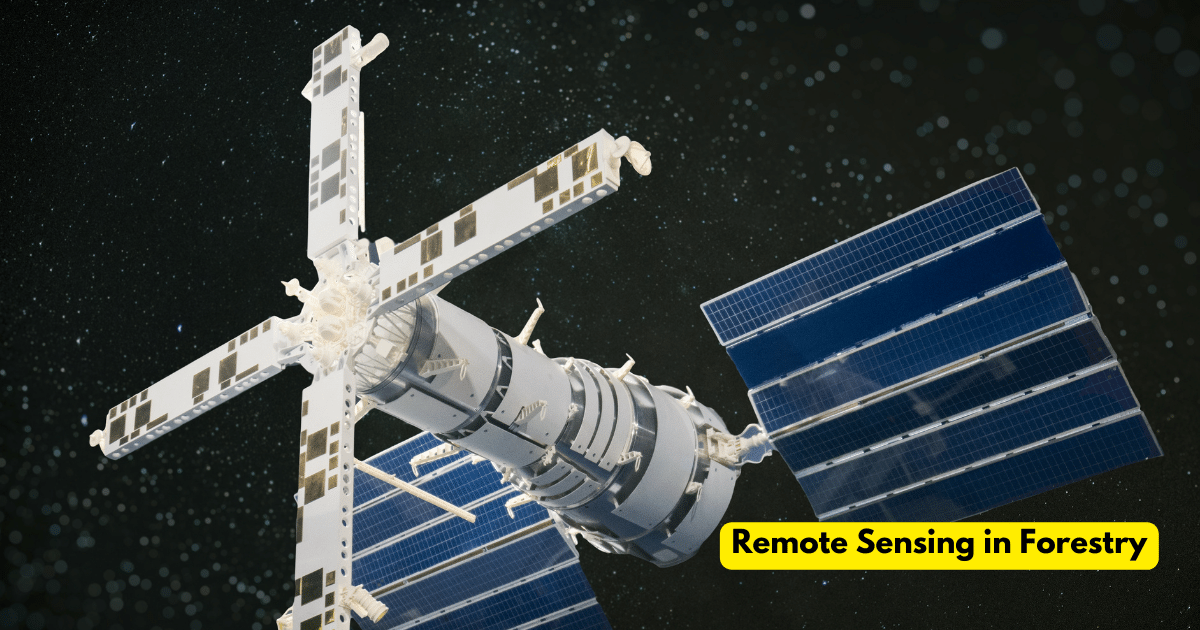In today's digitally driven world, the integration of geographic information systems (GIS) and the internet has revolutionized the way we interact with spatial data. WebGIS, short for Web Geographic Information Systems, stands at the forefront of this revolution, offering a dynamic platform for accessing, analyzing, and visualizing geographical information online. From urban planning to environmental monitoring, WebGIS has become an indispensable tool for various industries and sectors worldwide.
Understanding WebGIS
At its core, WebGIS combines the capabilities of traditional GIS with the accessibility and flexibility of the internet. It enables users to access geospatial data, maps, and analytical tools through web browsers, eliminating the need for specialized software or extensive training. By leveraging web technologies such as HTML, JavaScript, and CSS, WebGIS platforms provide intuitive interfaces that facilitate seamless navigation and interaction with spatial data.
Key Features and Functionality
One of the defining features of WebGIS is its ability to integrate diverse datasets from multiple sources into a unified interface. Whether it's satellite imagery, demographic information, or real-time sensor data, WebGIS platforms can aggregate and display spatial data layers in a layered map format. Users can overlay different datasets to gain insights into spatial relationships, patterns, and trends, empowering informed decision-making processes.
Furthermore, WebGIS offers robust analytical capabilities, allowing users to perform spatial queries, geoprocessing tasks, and advanced spatial analysis directly within the browser. From identifying optimal locations for new infrastructure projects to assessing environmental impacts, these analytical tools enable users to extract meaningful insights from spatial data with ease.
Applications Across Industries
The versatility of WebGIS makes it applicable across a wide range of industries and domains. In urban planning and development, municipal governments utilize WebGIS to manage land use, zoning regulations, and transportation networks effectively. Environmental agencies leverage WebGIS for monitoring natural resources, tracking wildlife habitats, and mitigating the impacts of climate change.
Moreover, WebGIS plays a crucial role in emergency management and disaster response efforts. During natural disasters such as hurricanes or wildfires, emergency responders rely on WebGIS to coordinate rescue operations, assess damage, and allocate resources efficiently. By providing real-time situational awareness and spatial analysis capabilities, WebGIS helps save lives and minimize the impact of catastrophic events.
Advancements and Future Trends
As technology continues to evolve, so does the field of WebGIS. Recent advancements in cloud computing, artificial intelligence, and the Internet of Things (IoT) are reshaping the capabilities and possibilities of WebGIS platforms. Cloud-based WebGIS solutions offer scalability, flexibility, and accessibility, allowing organizations to store and analyze vast amounts of spatial data without the need for on-premises infrastructure.
Additionally, the integration of AI and machine learning algorithms into WebGIS enables automated feature extraction, pattern recognition, and predictive modeling. From identifying land cover changes to predicting urban growth, these AI-powered capabilities enhance the efficiency and accuracy of spatial analysis tasks, opening up new avenues for innovation and discovery.
Demystifying WebGIS:
At its core, WebGIS (Web Geographic Information System) represents the convergence of geospatial technologies and web-based applications. Unlike traditional Geographic Information Systems (GIS), which were confined to desktop environments, WebGIS leverages the internet to deliver geospatial data and functionalities to a broader audience. By harnessing the ubiquity of the web, WebGIS facilitates seamless access to geographic information from any location with an internet connection.
Empowering Accessibility and Collaboration:
One of the defining features of WebGIS is its ability to democratize geographic information. Through intuitive web interfaces, users from diverse backgrounds can effortlessly navigate maps, query spatial data, and generate custom analyses without the need for specialized software or technical expertise. This accessibility fosters collaboration among stakeholders, allowing for informed decision-making and resource allocation across various domains, including urban planning, environmental management, and public health.
Harnessing the Power of Spatial Intelligence:
WebGIS transcends mere visualization, serving as a catalyst for spatial intelligence. By integrating real-time data streams, sensor networks, and advanced analytics, WebGIS empowers users to derive actionable insights from geospatial information. Whether tracking the spread of infectious diseases, optimizing transportation networks, or monitoring natural disasters, WebGIS enables organizations to make data-driven decisions with profound implications for public safety, resource allocation, and environmental sustainability.
Navigating the Evolving Landscape:
As technology continues to evolve, so too does the landscape of WebGIS. The advent of cloud computing, artificial intelligence, and the Internet of Things (IoT) promises to unlock new frontiers in geospatial innovation. From immersive augmented reality experiences to predictive modeling and scenario planning, the future of WebGIS holds boundless possibilities for transforming how we perceive, interact with, and leverage geographic information in the digital age.
Unveiling the Essence of WebGIS
WebGIS represents a paradigm shift in the dissemination and utilization of geospatial data. Unlike traditional GIS systems confined to desktop environments, WebGIS leverages the omnipresence of the internet to enable seamless access and collaboration from any device, anywhere, anytime. Through intuitive interfaces and interactive maps, it empowers users to visualize, analyze, and interpret spatial information with unprecedented ease and efficiency.
The Rise of Geospatial Services Providers
Within the vast expanse of WebGIS, Geospatial Services Providers emerge as the cornerstone of innovation and expertise. These specialized entities offer a spectrum of services encompassing data collection, analysis, visualization, and application development, catering to a diverse array of industries ranging from urban planning and environmental management to logistics and disaster response.
Key Roles of Geospatial Services Providers:
Data Acquisition and Integration: Geospatial Services Providers adeptly navigate the complex landscape of geospatial data sources, aggregating diverse datasets ranging from satellite imagery and aerial photographs to demographic statistics and real-time sensor data. Through meticulous processing and integration, they create comprehensive geospatial databases primed for analysis and visualization.
Customized Solutions Development: Armed with a deep understanding of client requirements and industry-specific challenges, Geospatial Services Providers craft tailored solutions to address unique spatial needs. From developing bespoke mapping applications to integrating GIS functionalities into existing workflows, they empower organizations to leverage the full potential of spatial data.
Analysis and Decision Support: Leveraging advanced geospatial analysis techniques, these providers offer invaluable insights into complex spatial phenomena. Whether it's identifying optimal site locations, predicting environmental trends, or optimizing supply chain logistics, their analytical prowess equips decision-makers with actionable intelligence to drive informed choices and strategic initiatives.
Training and Capacity Building: Recognizing the transformative potential of WebGIS, Geospatial Services Providers also play a vital role in imparting knowledge and skills to stakeholders. Through training programs, workshops, and educational resources, they empower users to harness the power of spatial technology effectively, fostering a culture of spatial literacy and innovation.
Empowering Industries Through Collaboration
The impact of Geospatial Services Providers transcends individual organizations, catalyzing broader socio-economic transformation across industries. From enhancing urban resilience and infrastructure planning to facilitating precision agriculture and natural resource management, their contributions permeate diverse sectors, fostering sustainability, efficiency, and resilience in a rapidly evolving world.
Embracing the Future of Spatial Intelligence
As we stand at the nexus of technological innovation and societal advancement, the significance of WebGIS and Geospatial Services Providers becomes increasingly pronounced. With the proliferation of IoT devices, drones, and satellite constellations, the volume and variety of geospatial data continue to burgeon, presenting both opportunities and challenges on an unprecedented scale.
In this dynamic landscape, the role of Geospatial Services Providers assumes paramount importance, serving as catalysts for innovation, collaboration, and empowerment. By harnessing the transformative potential of WebGIS, they pave the way for a future where spatial intelligence becomes not merely a tool, but a cornerstone of decision-making and progress.
For More Info:-
digital elevation model in gis
DEM in GIS
DTM
DTM in GIS
terrain modelling in gis
digital terrain model
Digital Mapping
satellite mapping





